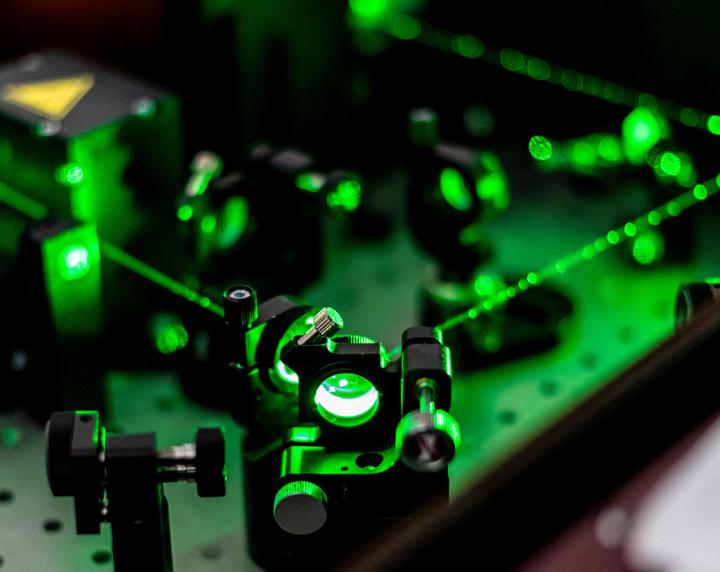High Sensitivity & Dynamic Range
- High sensitivity UV-SWIR
- Large pixel well depths
- High resolution matix
Molecular and Atomic optical spectroscopies provide highly specific, non-invasive tools for the determination of the chemical/elemental, structural and/or optical properties of a wide range of engineered materials linked to particular properties.
Andor’s modular spectrographs, high sensitivity CCD, EMCCD, ICCD, InGaAs, sCMOS detectors allow Researchers to tackle analytical challenges from the nano- to the macro-scale, with high degree of accuracy and repeatability, using probing techniques involving primarily Raman, Laser-Induced Breakdown Spectroscopy (LIBS), Luminescence-Fluorescence or Absorbance-Transmittance-Reflectance spectroscopies.
Additionally, Andor provides spectroscopy solutions for Advanced Material Science (inc. semiconductors quantum sources).
Andor spectroscopy detectors provide the highest sensitivity from UV to SWIR regions, ensuring that information related to chemical signatures, structural changes or photonics properties can be obtained with the highest accuracy and highest reproducibility possible. Our highly configurable spectrographs provide platforms ideal for multimodal setups and a wide range of photon regimes and experiments e.g. micro-spectroscopy.
Laser-Induced Breakdown Spectroscopy (LIBS) provides information on the elemental/chemical composition of samples, through the analysis of the plasma emission resulting from the micro-ablation of the target by a pulsed laser. It can be used to grade metals, measure concentration or ratios of elements in different engineered materials, as well as identify impurities or trapped species in material matrix e.g. adsorbed species in fusion reactors/tokamaks plasma-facing walls.
Echelle spectrographs combined with fast gated ICCDs are particularly well suited to LIBS analysis, as they provide simultaneously high spectral resolution and very large spectral bandpass up to hundreds of nanometres.
Contact Applications Specialist
This non-invasive laser scattering-based spectroscopy technique provides molecular information (composition, structure) about the sample. It can be used to assess the effect of material matrix disruption due a variety of external factors e.g. temperature changes/shock, mechanical stress, or to identify and understand the impact of impurities, adsorbed molecules or defects on the material mechanical characteristics.
For materials containing organic species, Raman signal competes with fluorescence from the sample - a near-infrared laser or UV laser (with wavelength outside the absorption range of the molecule) can be used to greatly minimise or supress unwanted fluorescence contribution.
Contact Applications Specialist